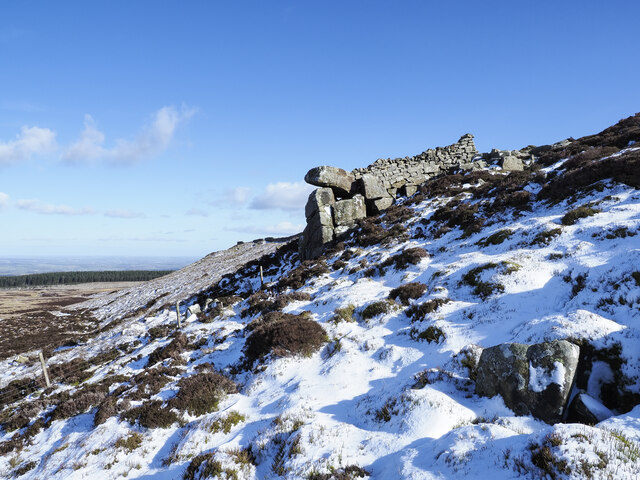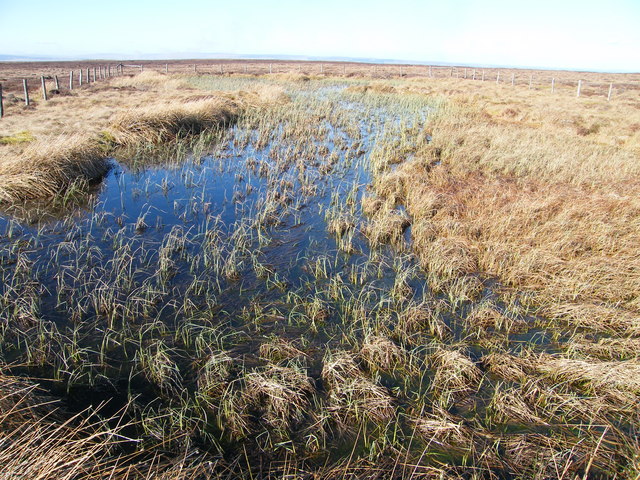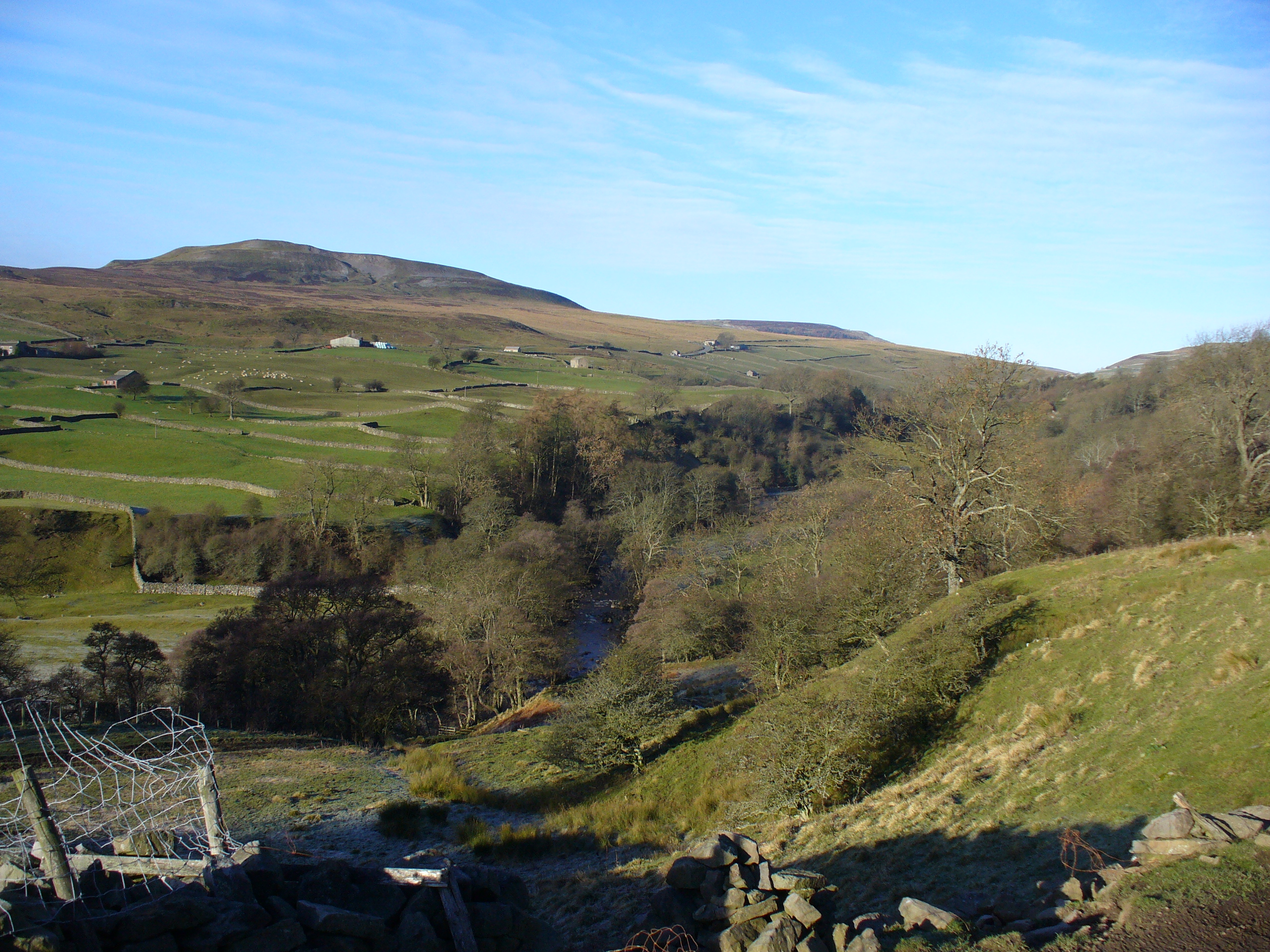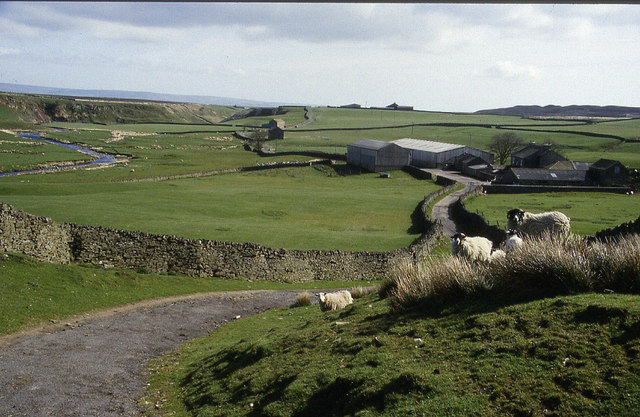Faggergill Moor
Downs, Moorland in Yorkshire Richmondshire
England
Faggergill Moor

Faggergill Moor is a picturesque landscape located in the county of Yorkshire, England. Situated in the north of the county, it is a part of the larger expanse of Yorkshire Downs and Moorland. This natural area spans across several square miles, encompassing rolling hills, heather-covered moors, and scattered woodland.
The moorland of Faggergill is characterized by its unique beauty and tranquility. The landscape is dominated by wide open spaces, covered in a patchwork of vibrant purple heather, which blooms from late summer to early autumn, creating a stunning spectacle for visitors. The undulating hills offer breathtaking panoramic views of the surrounding countryside, with distant glimpses of villages and farmland.
The area is home to a diverse range of flora and fauna, including many species of birds such as curlews, lapwings, and grouse. The heather moorland provides an important habitat for these birds, as well as for other wildlife such as hares, foxes, and the occasional deer.
Faggergill Moor also holds historical and cultural significance. Ancient burial mounds and stone circles dot the landscape, providing evidence of human presence dating back thousands of years. The area is rich in folklore, with tales of mythical creatures and ancient rituals adding to its mystique.
Visitors to Faggergill Moor can enjoy a variety of outdoor activities, including hiking, birdwatching, and photography. Several walking trails crisscross the moorland, allowing visitors to explore its rugged beauty at their own pace. The area also offers opportunities for picnicking and enjoying a peaceful day amidst nature.
Overall, Faggergill Moor is a captivating destination for nature lovers, history enthusiasts, and those seeking solace in the serene surroundings of Yorkshire's countryside.
If you have any feedback on the listing, please let us know in the comments section below.
Faggergill Moor Images
Images are sourced within 2km of 54.463811/-2.0188341 or Grid Reference NY9807. Thanks to Geograph Open Source API. All images are credited.


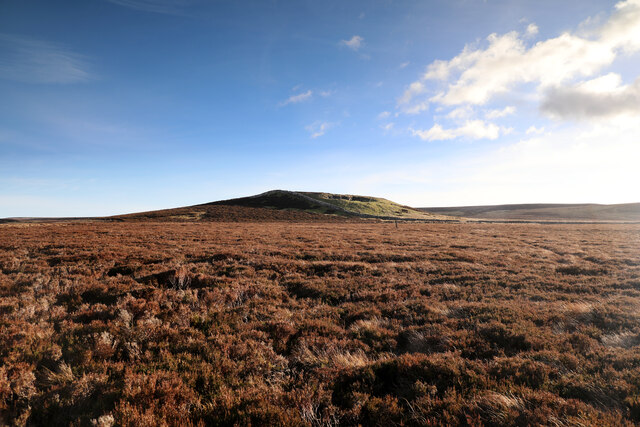







Faggergill Moor is located at Grid Ref: NY9807 (Lat: 54.463811, Lng: -2.0188341)
Division: North Riding
Administrative County: North Yorkshire
District: Richmondshire
Police Authority: North Yorkshire
What 3 Words
///mistaking.blip.switch. Near Bowes, Co. Durham
Nearby Locations
Related Wikis
Hoove
Hoove is a hill in the northern Yorkshire Dales in North Yorkshire, England, near the town of Barnard Castle in County Durham. Its elevation is 554 metres...
Arkengarthdale
Arkengarthdale is a dale, or valley, on the east side of the Pennines in North Yorkshire, England. Running roughly north-west to south-east, it is the...
Whaw
Whaw is a hamlet in Arkengarthdale in North Yorkshire, England. It is one of few settlements in the dale and is one of the smallest. Its name derives from...
Arkle Beck Meadows, Whaw
Arkle Beck Meadows, Whaw (grid reference NY984041) is a 8.4 hectares (21 acres) biological Site of Special Scientific Interest (SSSI) at Whaw in Arkengarthdale...
Eskeleth
Eskeleth is a hamlet in Arkengarthdale in North Yorkshire, England. It is in the Yorkshire Dales National Park. Eskeleth sits 4 miles (6.4 km) from the...
Sleightholme
Sleightholme is a secluded hamlet on a dead end road in County Durham, England. It lies beside Sleightholme Beck, a tributary of the River Greta. The...
Sleightholme Beck Gorge – The Troughs
Sleightholme Beck Gorge – The Troughs is a Site of Special Scientific Interest in the County Durham district of south-west County Durham, England. The...
Langthwaite
Langthwaite is one of the few villages in Arkengarthdale, North Yorkshire, England. It is 3.5 miles (5.6 km) north of Reeth and sits 870 feet (270 m) above...
Nearby Amenities
Located within 500m of 54.463811,-2.0188341Have you been to Faggergill Moor?
Leave your review of Faggergill Moor below (or comments, questions and feedback).



